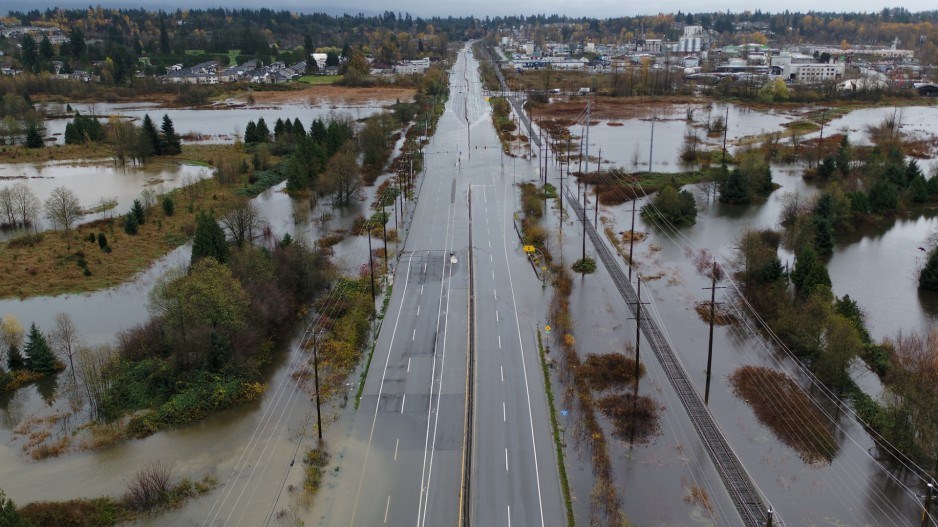Alerts will now be sent out across British Columbia for floods and wildfires.
The announcement comes after a devastating year in which unprecedented floods and fires ravaged communities and a record heat dome led to the deaths of nearly 600 people.
In a prepared statement Tuesday, Minister of Public Safety and Solicitor General Mike Farnworth said the frequency of threats B.C. communities are facing is increasing due to factors such as climate change.
"While it's important to remember that public emergency alerting is intended to complement, but not replace, emergency alerting already performed by Emergency Management BC and local governments, broadcast intrusive alerts have unique advantages with their reach and impact,” Farnworth said.
Previously, the Alert Ready System was used for tsunami warnings and Amber Alerts.
In recent months, people living across the province challenged local governments and the province on why the system wasn’t used for flooding, highway closures and wildfires.
“I feel like we were totally neglected,” Graham Zillwood told Glacier Media in November 2021. “I got an alert from the government, saying there was possible flooding for my address. My house had already been gone for hours.”
Zillwood’s property on Othello Road outside of Hope was the first home to be completely swept away with no warnings or alerts.
“There is nothing left of my house or my property. It is totally demolished. There is no sign of it at all,” he said.
Flooding also forced up to 275 people to be stuck on one stretch of Highway 7 near Agassiz and there was no alert sent out to warn people of the conditions.
Now, the wireless alerting system is online and ready to be deployed for flooding. It will expand again to include wildfire threats by early June.
Local governments and First Nations have been informed of the system's expansion, said the B.C. government in a press release Tuesday.
While flooding and fires caused significant damage, B.C. deadliest weather event was a heat dome at the end of June.
At least 595 people died when temperatures soared across the province in late June, breaking an all-time Canadian record just shy of 50 C in the Village of Lytton. When heat deaths peaked on June 29, 231 people died over a single 24-hour period.
There was no alert sent out about the extreme weather.
On Tuesday, Farnworth said the Health Ministry is still working to determine parameters for deploying the alerts in the case of hot weather, similar to the so-called heat dome the province experienced last summer.
A semi-annual test of the national Alert Ready system will take place Wednesday, May 4 at 1:55 p.m. Pacific Time.
During the test, an alert will be broadcast on radio and television stations as well as on compatible wireless devices, including mobile phones.
The test message will read: "This is a TEST of the British Columbia Emergency Alerting System, issued by Emergency Management British Columbia. This is ONLY a TEST. If this had been an actual emergency or threat, you would now hear instructions that would assist you to protect you and your family."
With files from the Canadian Press





